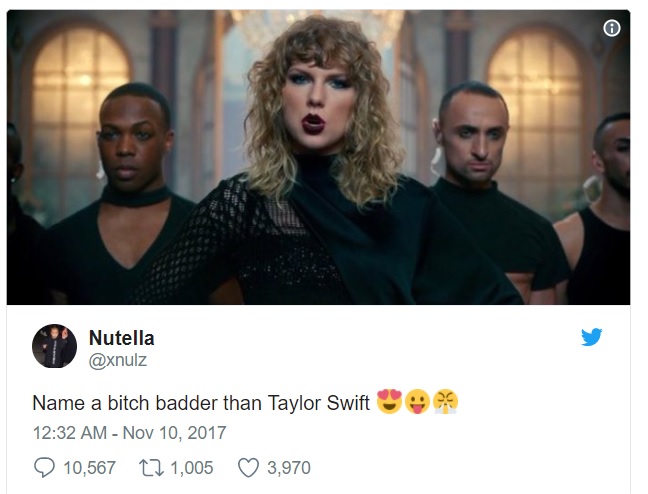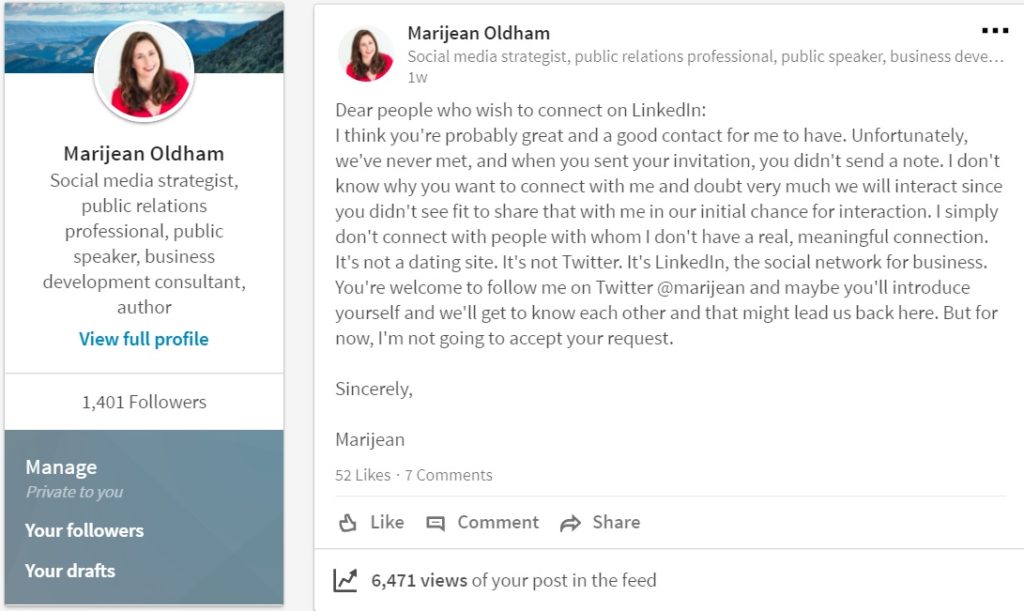When I was in sixth grade, Sister Edwardine, a tiny, ancient nun, got wind of some of the boys calling the girls “bitch.” Our teacher calmly gathered us and explained the origin of the word and why it was an insult when used, and why, exactly one should think twice before saying it. You could have heard a pin drop as this diminutive Dominican said, “if you call someone’s mother a bitch, you’re saying that woman is having sex with everyone in town.”
How we held it together, I’ll never know.
I don’t use the word bitch. I don’t swear much, but I’m not a prude, either. I just don’t use words that demean women. Funny how I just have a policy like that; odd little quirk of mine, being a woman and all. It was interesting to me, when only five years ago, in 2012 network television loosened the reigns and allowed “bitch” to slide. Suddenly, everyone from Betty White to Tina Fey was dropping the B-word.
Is normalizing a word the right approach? Do we “take it back” when we try to alter the meaning, and make it empowering? Does it make it hurt any less when someone uses it in a hurtful way, like when a man calls his wife a bitch in front of their children? I don’t think it does.
The sentiment is a bad one and in the upswing of women standing up to harassment, I think one small thing we can do is stop using words that demean women, even to be funny, even as a word of empowerment, even when it’s women using it with other women.
 A major fail on Twitter this week began when user Nutella asked people to “name a bitch badder than Taylor Swift.” The backfire resulted in tweets like:
A major fail on Twitter this week began when user Nutella asked people to “name a bitch badder than Taylor Swift.” The backfire resulted in tweets like:
My grandmother who raised a half dozen kids, only one of which was her own, worked every day of her life. Could drink anyone under the table and survived breast cancer TWICE. And when her body finally gave out and she left us she was more afraid of what we would do without her. https://t.co/EPxKyXkVDb
— Richard Jensen (@RichardJensen46) December 3, 2017
Every single mom ever https://t.co/wjfqxGyTV2
— 🎄Des🎄 (@DesDelgadillo) December 3, 2017
Rosa Parks, Freya Stark, Ida B Wells, Sally Ride, Marie Curie, Margaret Heafield, Amelia Earheart, Ruth Bader Ginsburg, Abigail Adams, Jane Goodall, Malala how much time you got? https://t.co/oPoKjgvGSQ
— brian braiker (@slarkpope) December 3, 2017
I think we need to use better words to describe the women we admire. Do you really want to call Malala a bad bitch? I certainly don’t.
When network television adopted the word, so did the workplace. I can’t tell you how many times I’ve heard the word bitch in an office setting. NOT OK. It’s normalized so much that a middle school student casually used it in my presence to describe her own behavior. ALSO NOT OK.
You won’t hear the word “bitch” from me. I invite you to reconsider its use, yourself.


